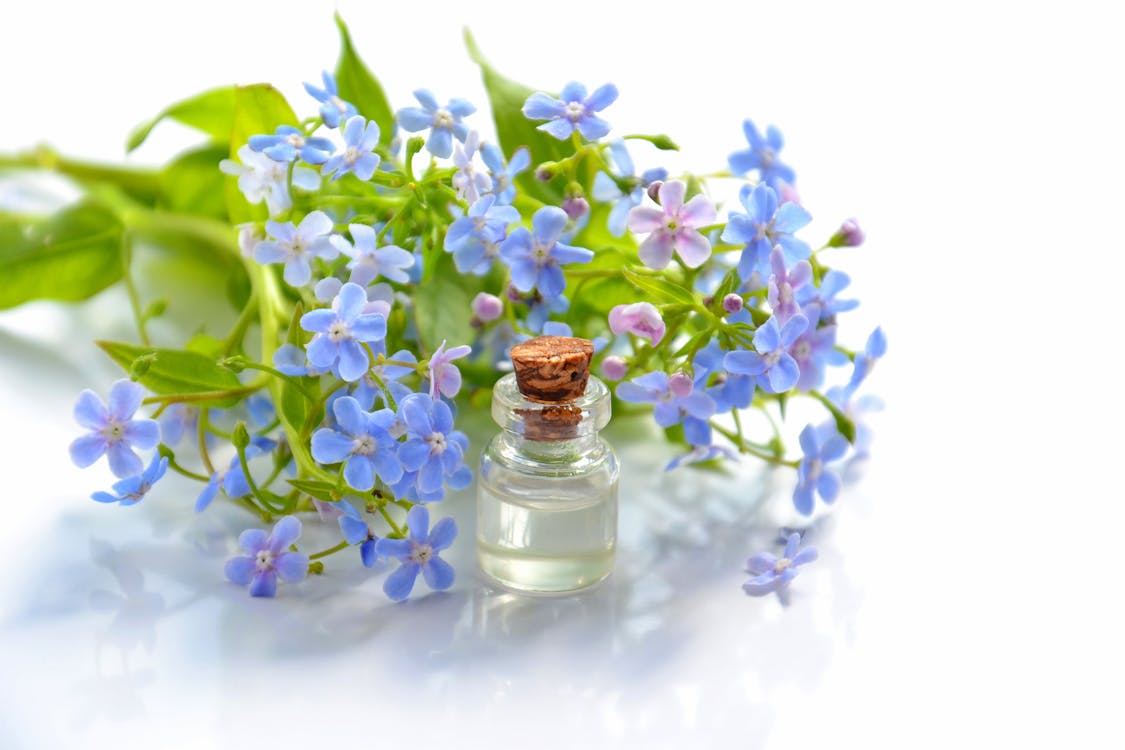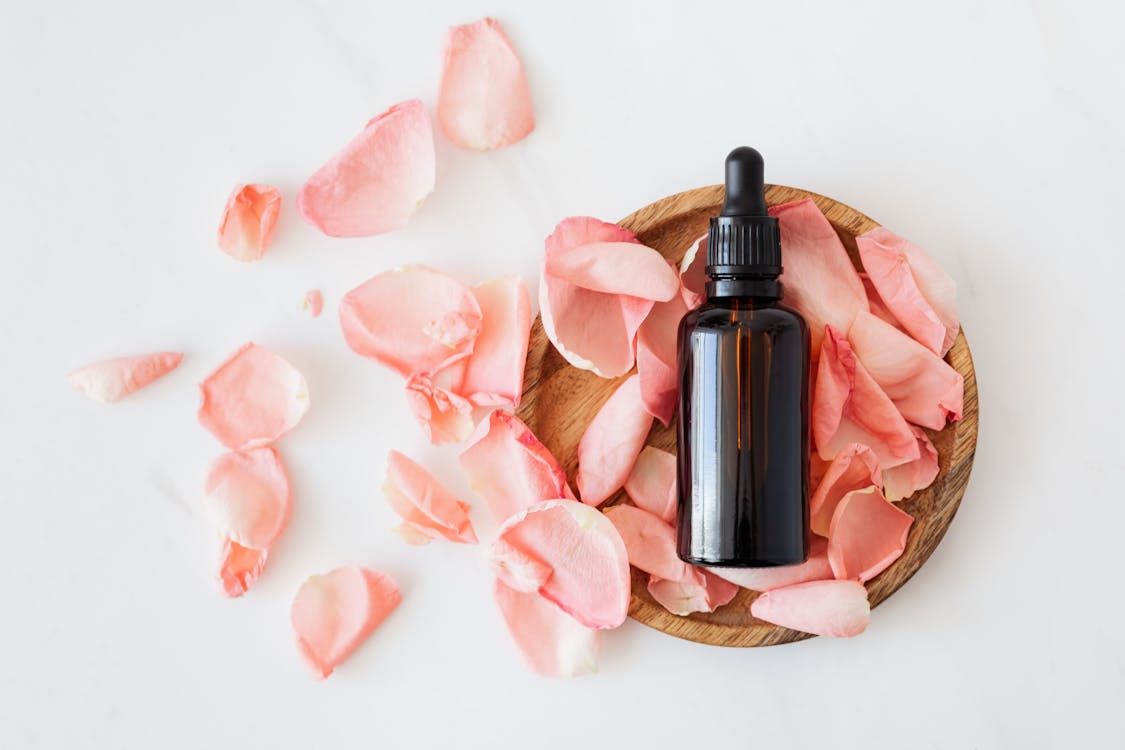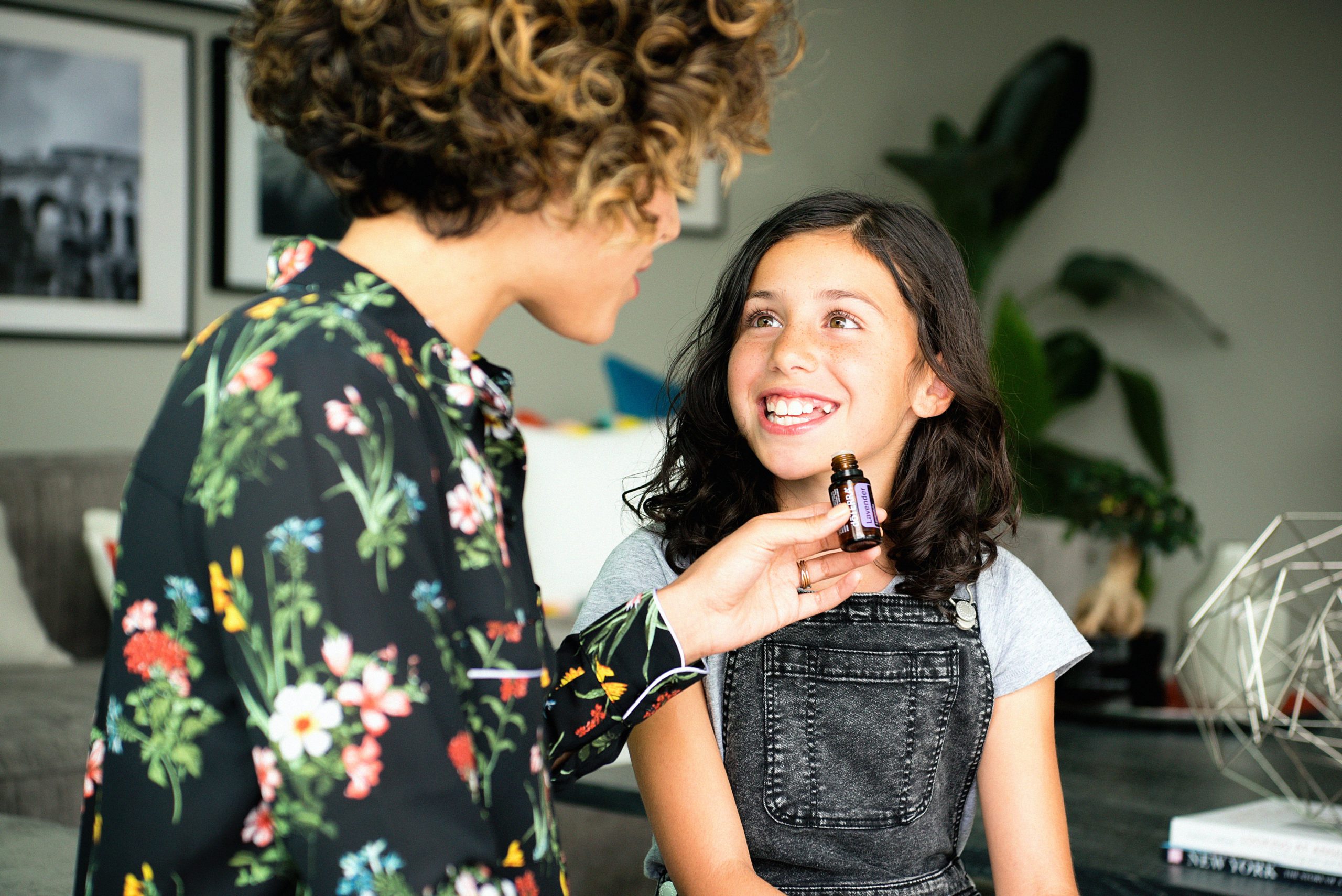Essential oils can give you a sense of healing, well-being and calm.
Therapeutic essential oils are made from parts of plants, flowers, bark, and leaves. They are the essence of the plant that helps heal and are very therapeutic in small concentrated amounts. They are used for a variety of different purposes like massage, aromatherapy, added to bathwater, medicinal and wellness issues, and pain relief.
The oils come from different parts of the plants such as the flowers, bark, leaves, and stems. They are sold in small concentrated quantities. Moreover, essential oils are often antibacterial and antiviral in nature. Thus, you need to always consult your physician before trying any of these oils especially if you have medical problems or are pregnant.
More About Aromatherapy and Essential Oils

The oils are often distilled from the plant by steam. Most are generally clear in color but some are amber or yellow in color. The chemical composition and odor of the oils can bring therapeutic value by inhalation and application of diluted oil to the skin. These oils are often diluted with another oil like sweet almond oil or grapeseed oil.
Aromatherapy is the practice of using these oils for psychological and physical well-being. Diffusion is a way of dispersing essential oils so that the aroma fills a room or area with the fragrance. There are three easy ways to do this without buying any special equipment.
- First, place three to four drops of oil on a tissue. Place the tissue near you or you can directly smell the tissue.
- Second, steam diffusion is the method where you boil water and put it into a bowl. Then you add 10 drops of oil and let the steam fill the room with the scent. Or you can inhale the steam over the bowl.
- Third, Burn a candle for five minutes. Blow it out and put a few drops of oil on melted wax. Then relight the candle. Be careful; the oil is flammable. You will get the scent for a few seconds.
Common Essential Oils and Their Uses

- Sandalwood has a sweet rich odor. Often used for stress, bronchitis, depression, laryngitis, and sensitive skin.
- Cedarwood has a sharp woody aroma, used for a variety of problems like anxiety, skin problems, coughing, hair loss, insect repellent, and tuberculosis.
- Peppermint is a popular flavor in candy and gum. Reducing mental fatigue, nausea, headache, asthma, vertigo, and sinusitis are its benefits.
- Lavender is a sweet-smelling flower. This is beneficial to reduce anxiety, depression, panic attacks, earache, vertigo, whopping cough and flatulence.
- Frankincense is a spicy and woody scented oil used for grief, cancer, allergies, and brain damage from head injuries, anxiety, asthma, stress, and stretch marks.
- Angelica oil comes from the seed. It is excellent if used for colds, colic, flues, blood tonic, stomach problems, heartburn and gas.
- Rosemary is typically, made from herb. This strong scented oil is good for aching muscles, arthritis, dull skin, exhaustion, gout, hair care, muscle cramping and poor circulation.
- Sweet orange oil is citrus and reminds you of orange peels. Best for colds, constipation, flu, gums, mouth, slow digestion and stress.
- Lemon essential oil smells like lemon rinds. Also a good remedy for colds, dull skin, varicose veins, warts, and athlete’s foot.
Furthermore, before you use therapeutic essential oils, check with your doctor or health practitioner to see if it is something you can use with no problems. Be sure to get as much information on any treatment before you try it and strive to enjoy the beneficial aspect of these therapeutic oils.
Now, if you plan to use aromatherapy you can check out the different types of diffusers on the market. They have lamp rings, clay pots, candles, fans, and electric heat diffusers. They act to disperse the oil fragrance throughout a room or area using different methods.

